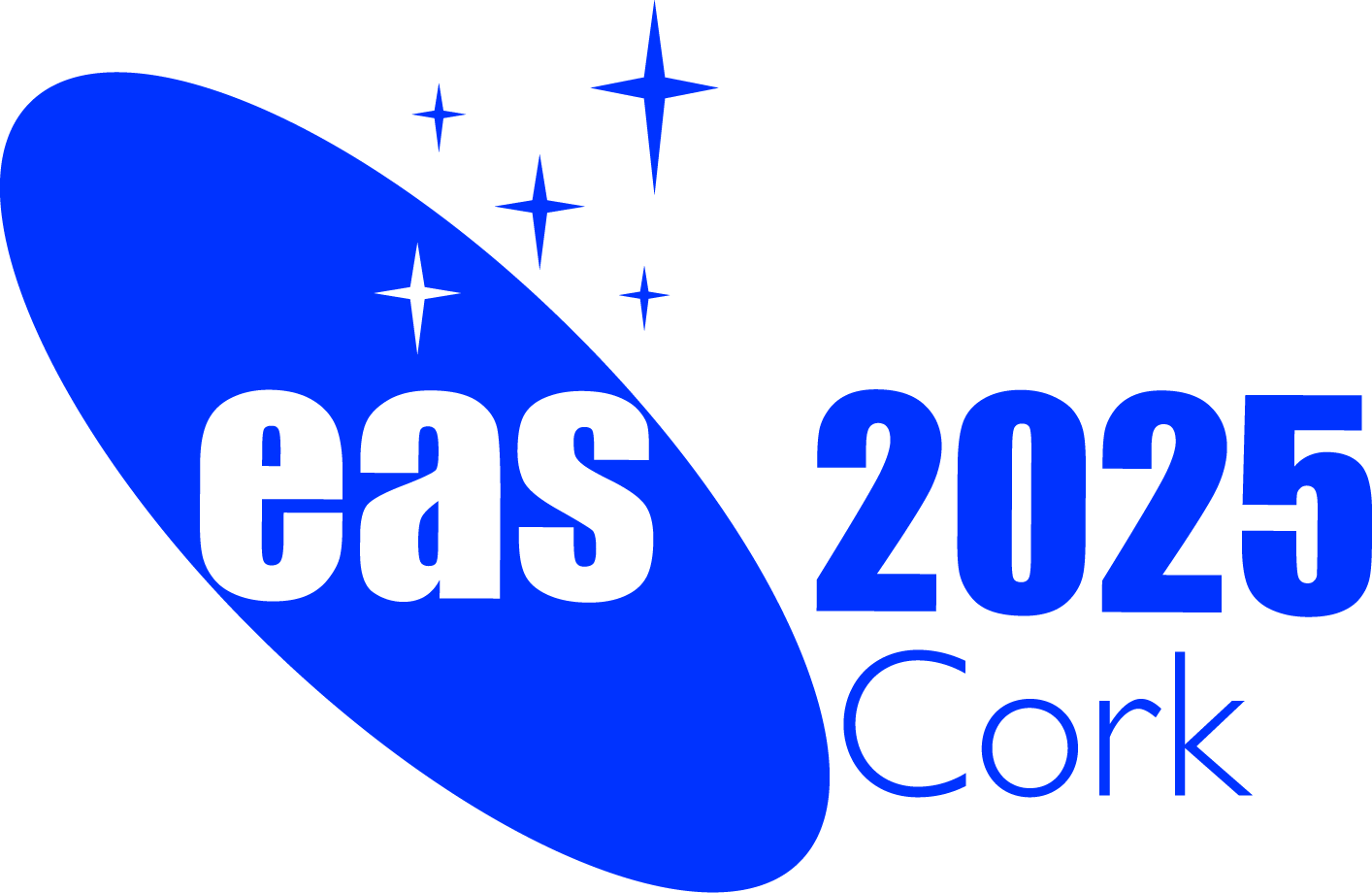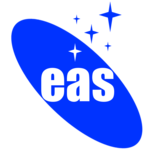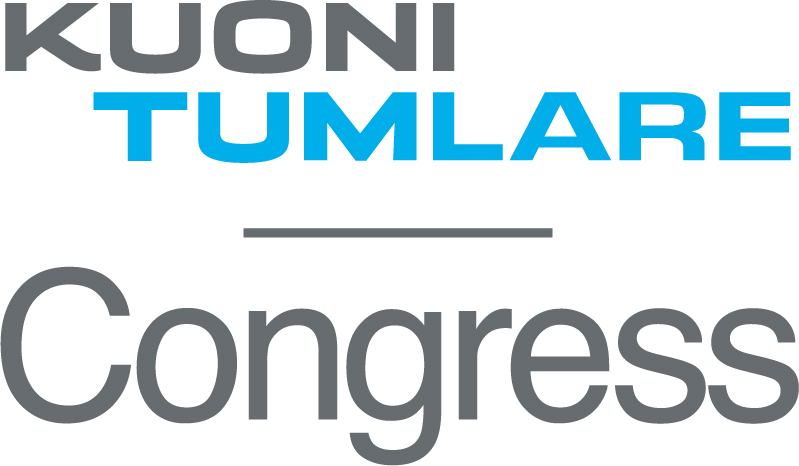Symposium S10
26-27 June 2025
Science with gravitational lensing in the multi space-telescope era: new prospects and opportunities

News:
The list of invited speakers is now finalized :) Looking forward to seeing you in Ireland !
Aims and scope
The first two years of JWST observations have revolutionized our understanding of astrophysics and cosmology, and so much more is to come ! Gravitational lensing represents one of the key and most powerful tools to understand the growth and evolution of structure and the expansion of the Universe. JWST has opened a new window for lensing related science cases : the many more multiple images and their spectra observed through the eyes of JWST allow for much stronger and higher-resolution constraints on the underlying mass distribution in the lens, governed by that of dark matter; the high resolution imaging allows for observing extremely magnified clumps, such as star-clusters, and even individual stars at increasing cosmological distances; early galaxies are detected in higher numbers and to higher redshifts pushing towards z~15-20; and transient events such as supernovae or individual stars are seen to record-breaking distances as well.
The launch of Euclid in July 2023, and the planned addition of other optical or near-infrared space telescopes in a couple of years such as the Roman Space Telescope or the Chinese Survey Space Telescope (Xuntian), in parallel to the still-going-strong Hubble Space Telescope, open a new set of opportunities and challenges for lensing related science. Wide field surveys performed with Euclid, Roman, or Xuntian, will require automated tools for detecting and analyzing lensing systems, expected in large numbers in these fields, expectations already confirmed by the first Euclid observations. These wide surveys will also allow for deeper and complementary images to be taken with Hubble and JWST to cover a broader range of wavelengths and provide more in-depth studies of objects of interest.
The larger areas probed by these wide-field space telescopes, as well as by ground-based surveys such as the Hyper Supreme-Cam survey or those planned with the Vera Rubin/LSST Observatory, have very promising prospects also for detecting increasing numbers of lensed transients. Most notable among these are perhaps lensed supernovae - few of which are by now known. Lensed supernovae have enabled us to refine the lens modeling of cluster lenses, supplying invaluable insights not available otherwise. Moreover, lensed supernovae by galaxy clusters are a promising route for constraining H0, one of the most discussed tensions in today?s cosmology. They supply H0 measurements that suffer different, and potentially lesser, systematics than quasars lensed by galaxies which have been the primary lensing systems used for H0 measurements up to recently. The first observed multiply imaged SN by a cluster lens, Refsdal, implied a lower value for H0 than measured with lensed quasars, more in line with the Planck measurements, demonstrating the importance and need for such measurements. At the time of writing, several other multiply imaged supernovae were found to be lensed by galaxy clusters and the rate should increase soon, supplying new independent measurements of H0. Similarly, follow-up of lensed transients detected at other wavelengths or regimes, such as for example gravitational waves, would also become easier, with such a range of available space telescopes.
Our previous Symposia and Special Sessions (EWASS 2016, 2017, 2018; EAS 2020, 2021, 2022, 2023) proved very successful. Building on this, we wish to bring together again observers, modelers and theorists to discuss the prospects and new opportunities for lensing science now that JWST and Euclid are active, and Roman and other wide-field telescopes are soon to be launched -- an unprecedented multi space-telescope era -- addressing cluster physics, galaxy evolution, cosmology and the magnified Universe, probing the first stars and galaxies right up to the Dark Ages.
EDI Statement : We, as organizers, adhere to the EAS policy regarding Diversity and non-discrimination and to the EAS Ethics Statement and Guidelines for Good Practice. The selection of talks to our Symposium will be done in accordance to those, by considering scientific merit as the top selection criteria and making a priority of being representative of our community, e.g. by actively encouraging under-represented parts of the astronomical community to attend and submit abstracts. The list of invited speakers was done following the EAS policies and Guidelines. Diversity and inclusivity will be considered mandatory selection criteria. Adding to that, for the selection of contributed talks, the SOC will vote on blinded abstracts, i.e. after names and institutions are removed, in order to reduce conscious and unconscious biases. Finally, at the start of the Symposium, we will remind all attendees about the EAS policy regarding Diversity and non-discrimination, as well as the EAS Ethics Statement Guidelines for Good practice to ensure exchanges and interactions are made in a fruitful, mindful, and respectful manner. After reminding attendees that young researchers are strongly encouraged to interact with speakers, we will make sure our chairs are aware of the Guidelines to prioritize them when it comes to Q&A sessions.
**Image credits : The MAGNIF Collaboration, Fengwu Sun & Chema Diego**
Programme
- Gravitational lens identification and modelling in the era of multi space-observatories (Hubble, JWST, Euclid, adding prospects with Roman and more such as Habitable World Observatory)
- Lensing of transients, including supernovae, and implications for H0 measurements and the Hubble tension
- The physics of galaxy clusters and the dark matter properties in the era of multi space-observatories
- The physics of galaxies in the era of multi space-observatories
- Lensed high-redshift galaxies, proto clusters & Reionization: more results from JWST
- Cosmological star clusters, and individual lensed stars through cosmic history
Invited speakers
- Hakim Atek (IAP, France)
- Catherine Cerny (University of Michigan, USA)
- Yoshinobu Fudamoto (Chiba University, Japan)
- Lukas Furtak (Ben Gurion University, Israel)
- Qiuhan He (Durham University, UK) - Chair
- Anna Niemiec (LPSC, France)
Scientific organisers
- Mathilde Jauzac (Durham University, UK) - Chair
- Adi Zitrin (Ben Gurion University, Israel) - co-Chair
- Jean-Paul Kneib (EPFL, Switzerland) - co-Chair
- Marusa Bradac (Univerza v Ljubljani, Slovenia)
- Jose Maria Diego (Instituto de Fisica de Cantabria, Spain)
- Matt Hilton (Wits University, South Africa)
- Guillaume Mahler (Université de Liège, Belgium)
- Priyamvada Natarajan (Yale University, USA)
- James Nightingale (Newcastle University, UK)
- Jason Rhodes (JPL, USA)
- Keren Sharon (University of Michigan, USA)
- Charles Steinhart (University of Missouri, USA)
Contact
Please contact Mathilde Jauzac (mathilde.jauzac @ durham.ac.uk), Adi Zitrin (adizitrin @ gmail.com) and/or Jean-Paul Kneib (jean-paul.kneib @ epfl.ch) if you have any queries regarding this Symposium.
Updated on Tue Feb 25 10:23:28 CET 2025

 A power cut will shut down all EAS services on Tuesday, 10 January 2017 starting at 7:30 CET.
A power cut will shut down all EAS services on Tuesday, 10 January 2017 starting at 7:30 CET.

